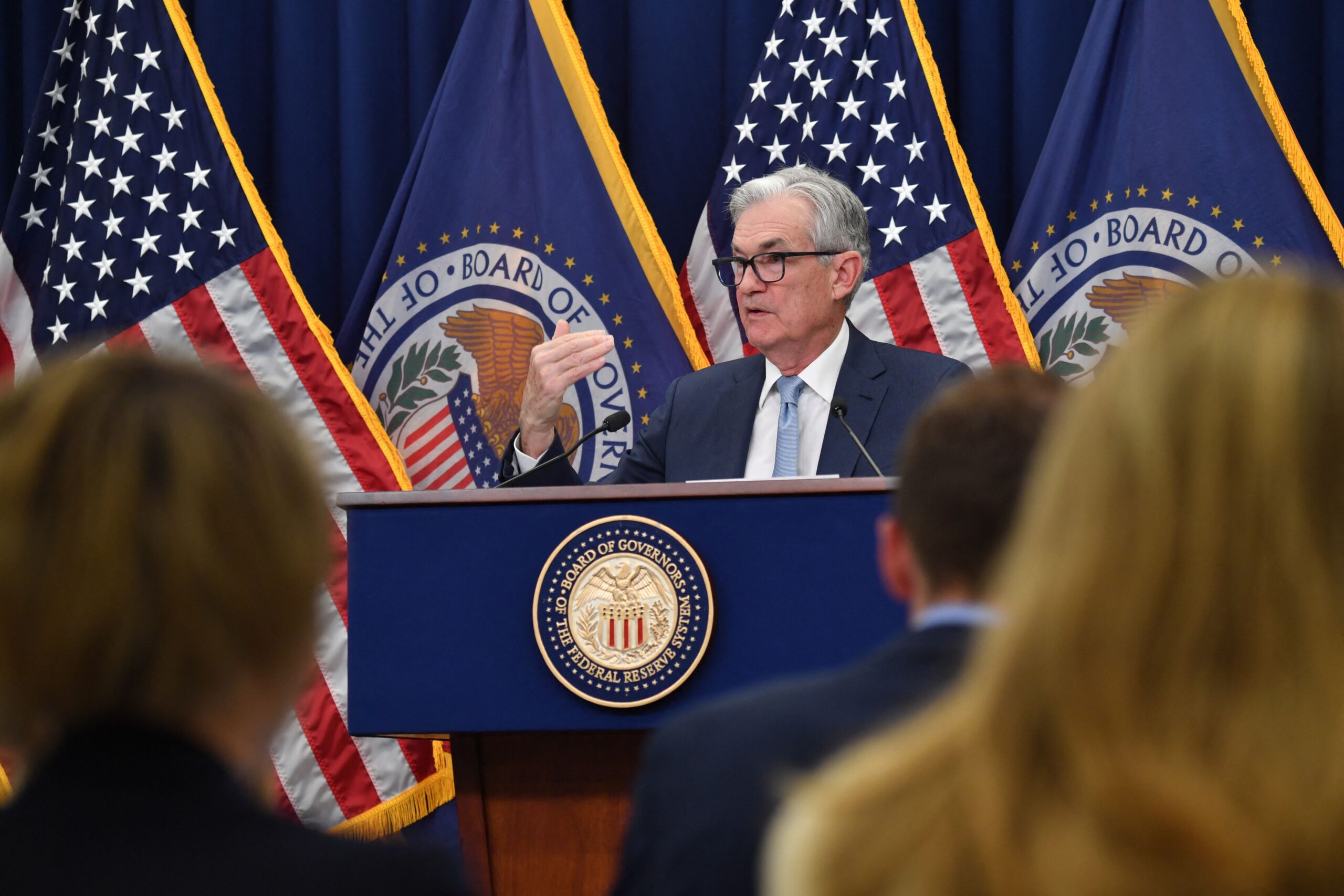The
news
that the pace of
inflation
, as measured by the Department of Commerce’s Personal Consumption Expenditure Index, had fallen to a 15-month low must have brought more than just a little relief for members of the
Federal Reserve’s
Open Market Committee. However, we must not forget about other Fed policies that have ramifications for the inflation conversation.
The Open Market Committee is meeting on Tuesday and Wednesday.
INFLATION DROPPED TO 5% IN DECEMBER, ACCORDING TO KEY GAUGE WATCHED BY FED
The fourth-quarter PCE, which is the Fed’s preferred inflation gauge, increased at an annual rate of
only 3.2
% versus the third quarter’s 4.3% and the second quarter’s 7.3%. There’s a way to go before reaching the Fed’s 2.0% target, but the trend is strong and fast enough to fortify bets that the Fed will soften its pressure on the interest-rate brake pedal at this next meeting.
Perhaps it will raise rates by a quarter of a point instead of half of a point and also provide a more relaxed picture of future interest rate hikes. Indeed, former Treasury Secretary Larry Summers and other commentators are
urging
just that.
While the news on inflation was certainly good, it was not unexpected for those who paid attention to the growth of money in the economy, which, of course, the Fed controls. Practiced money-supply watchers are as interested in how the Fed is managing its balance sheet (which is to say, what is happening to the runoff of the government debt it owns) in addition to what it might be doing to raise or lower its federal funds targeted interest rate.
For example, when the Fed sells mortgage-backed securities that it owns to private parties, money is removed from the economy. When it buys, the money supply expands. Interest-rate moves make the big headlines, but net growth in the money supply determines inflation’s destiny.
To understand the point, it helps to take a periodic look at year-over-year growth in M2, a broad measure of money circulating in the economy.
M2
includes cash, demand deposits, savings accounts, and certificates of deposit. Consider the following chart with the data for M2 mapped next to year-over-year growth in the PCE so that we can view the money supply and inflation side-by-side.

As I’ve
noted
before, money supply growth exploded in 2020 as trillions of dollars in stimulus money hit the economy. But notice the shape and position of the two curves. There is roughly a 12- to 15-month lag between money growth and PCE-measured inflation. Now, with M2’s growth falling for the last year-plus and more recently crossing into negative territory, PCE growth has performed as expected. Its growth has fallen about when we would expect it to.
The two curves send a rough but cautionary signal. The M2 measure’s current negative growth suggests we will see 2.0% inflation in early 2024 and a very slow economy caused by high interest rates along the way. Of course, there are other moving parts to the story, but as Summers and others suggest, the Fed would be wise to soften its stance. That means more than reducing the pace of interest rate increases. It means limiting the net runoff of government bonds owned by the Fed.
CLICK HERE TO READ MORE FROM RESTORING AMERICA
Bruce Yandle is a distinguished adjunct fellow with the Mercatus Center at George Mason University, a dean emeritus of the Clemson College of Business and Behavioral Sciences, and a former executive director of the Federal Trade Commission.











